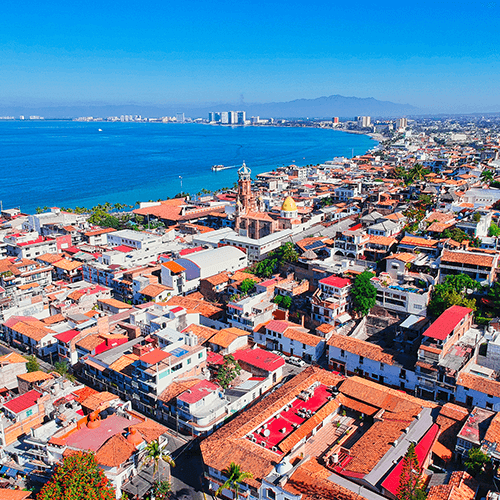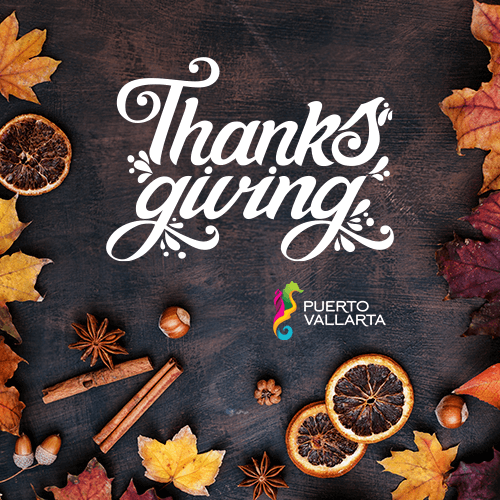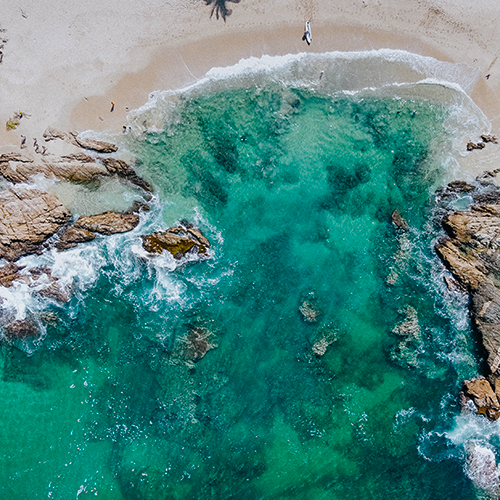November 26, 2020
Mexican traditions are admired all over the world by its merry and colorful contrasts, and possibly the most known festivity is The Day of the Dead, with artistic, cultural and artisanal representations saturated with color and significance: a vivid reflection of the Mexican cheerful spirit.
Everything that revolves around this celebration is festive: enigmatic catrinas, pecked paper, bright orange cempasuchil and pink velvet flowers, altars dedicated to the departed loved ones, and the wicked rhymes known as calaveritas. Thanks to all this, the UNESCO has recognized The Day of the Dead since 2003 as an Intangible Cultural Heritage.
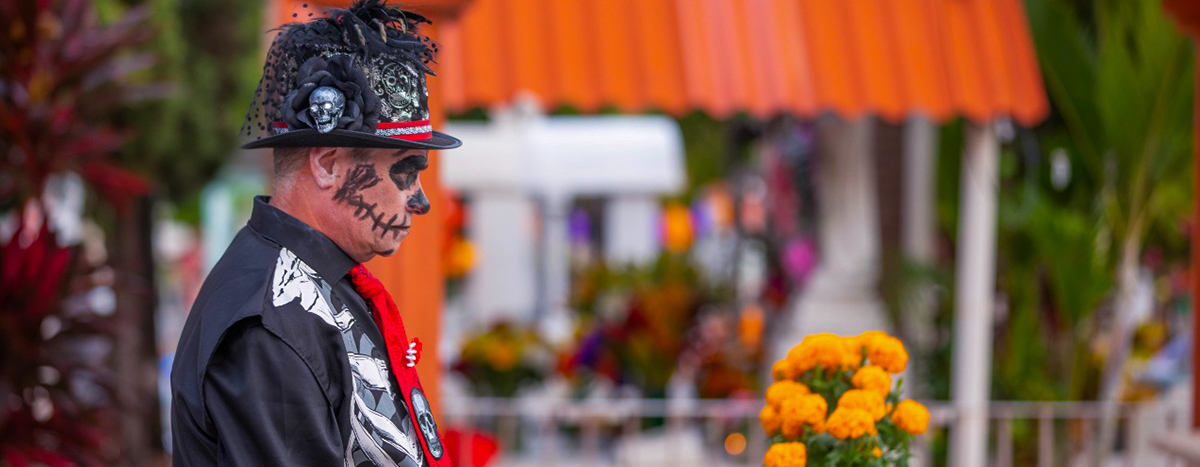
This tradition is celebrated during November 1st, paying homage to all departed saints and kids’ souls, and November 2nd, when all the adult souls are remembered.
In Puerto Vallarta, this celebration becomes a display of creativity and color, where both locals and visitors converge. Festivities include folkloric parades, contests, events; music, film, and literature. Every year, there is a complete agenda surrounding this celebration all around town.
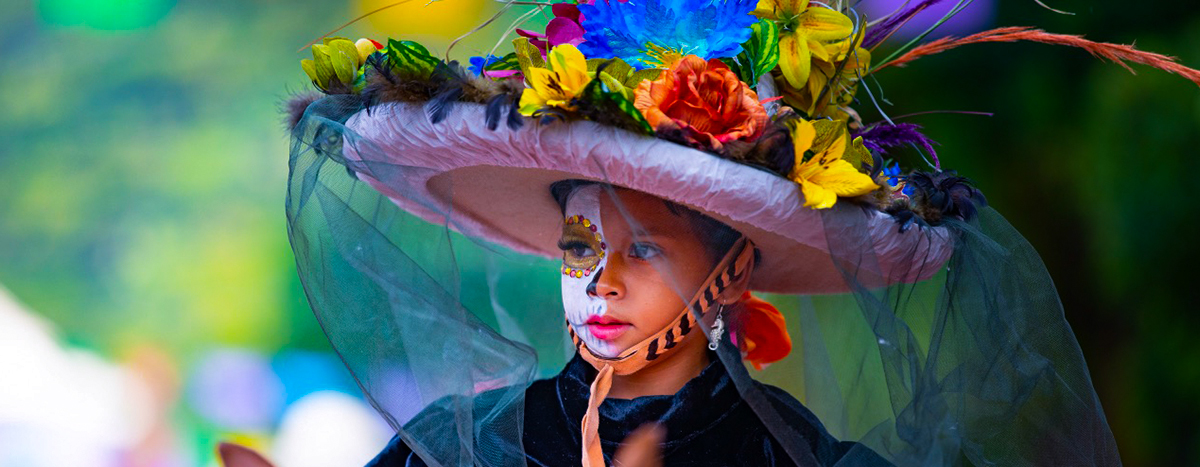
Did you know that one of the most iconic symbols regarding this Mexican festivity is the bread of the dead, or pan de muerto, which represents a skull? The skull is symbolized in its top center, and the strips on the sides represent the bones facing the 4 cardinal points.
There are many ways to prepare it, some are sprinkled with sugar, others are glazed with egg yolk and sesame seeds on top. But the truth is no matter the preparation, it’s a delicious treat that’s part of every Day of the Dead. Are you interested in preparing your very own pan de muertos at home? Chef Isaac Esparza shared his recipe with us for you to enjoy baking it and eating with your family.
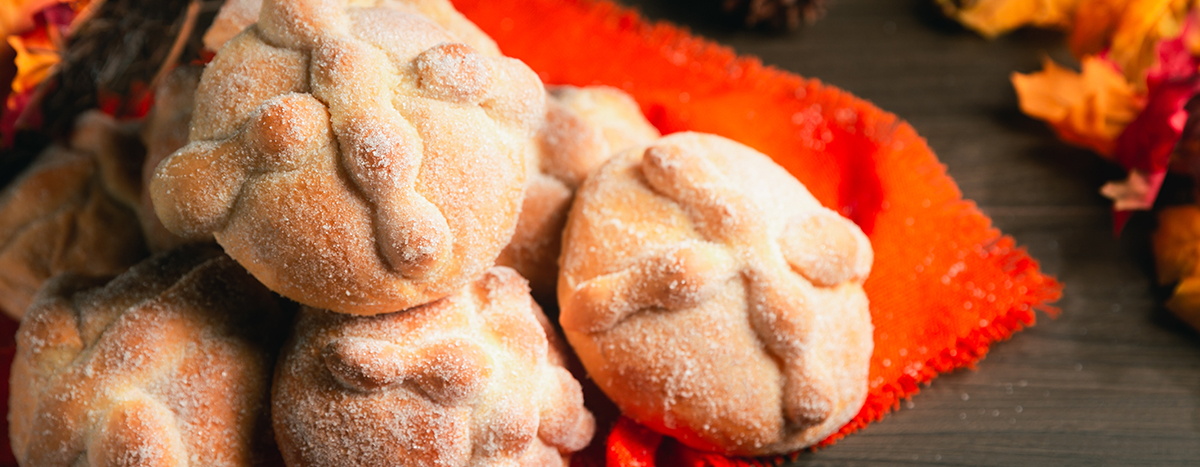
Ingredients:
Preparation:
Place the yeast with half the sugar and water on a mixing bowl and mix until tiny bubbles start to form. If this does not occur, repeat the process.
Continue by adding the flour, the rest of the sugar, the orange zest, the salt, the butter and the orange blossom, and mix well. Add the eggs one by one until a soft dough forms.
Knead until smooth, dusting surface if needed so the dough does not stick. Leave it sit on a large bowl and cover with a damp cloth until the dough doubles in size.
Knead again to get rid of the gas formed by the yeast. Set aside some dough to form the decorations. Cut the rest of the dough to a desired size and place on a baking tray, bearing in mind that they will double their size.
Form the bones and the skull of the bread with the dough set aside. Whisk the remaining eggs and use it to stick the decorations. Let it sit for approximately one hour until it doubles in size.
Preheat oven to 350 degrees and bake for 20 minutes or until golden brown.
Mix a quarter cup of water and a quarter cup of sugar and heat until the sugar dissolves. Glaze the breads with this syrup and sprinkle the remaining sugar. If you’d like a twist, substitute the orange zest for lemon, grapefruit, or tangerine.
Enjoy!
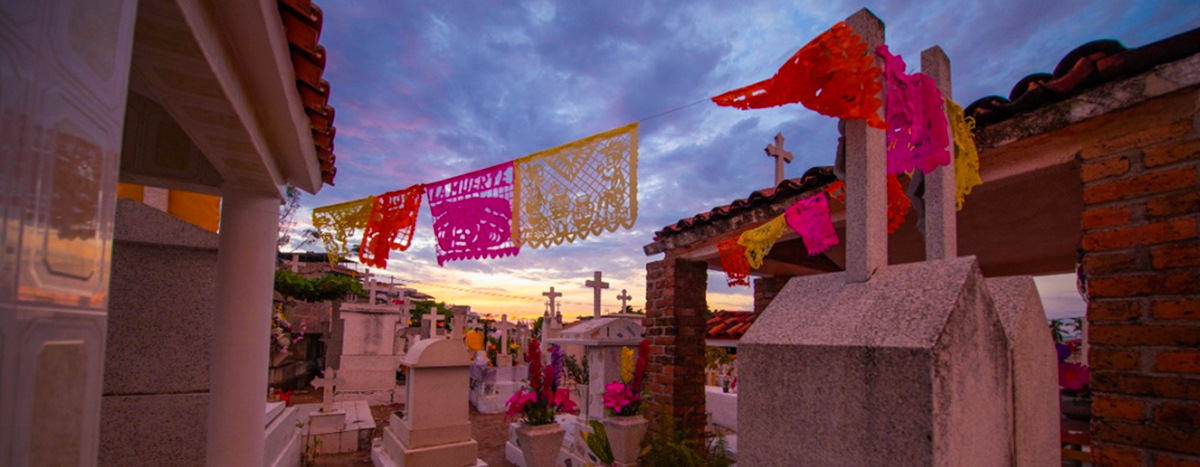
Puerto Vallarta is a loyal and devoted town to this tradition. Every year, families place their altars and offerings and decorate them with cempasuchil flowers, pecked paper, sugar skulls, bread of the dead, mole, or a dish dedicated to the departed loved one.
Tombs are also decorated with flowers and altars are made on top of the tombstone. This was of great significance in ancient times as it was believed that souls were helped this way on their transit through death.
How do you celebrate The Day of the Dead? Let us know!
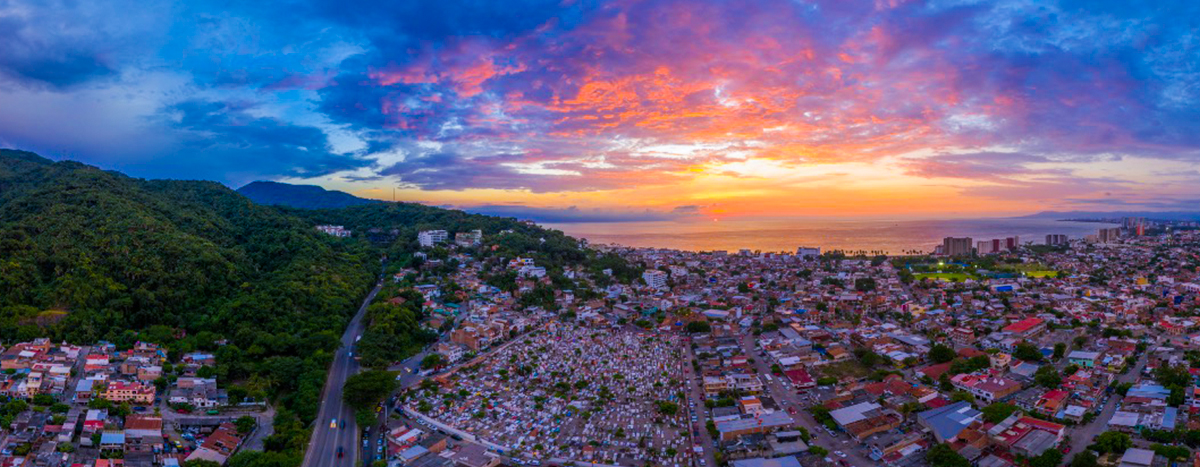
Its biodiversity, natural scenarios, cosmopolitan life, culture, and art expressions make Puerto Vallarta an ideal destination for any kind of trip. Read more
Being Puerto Vallarta an international destination par excellence, cultural symbiosis can be frequently found in this cosmopolitan city. Read more
Here’s a list with the 7 most spectacular beaches in Puerto Vallarta. Take note and make sure to visit them all! Read more
